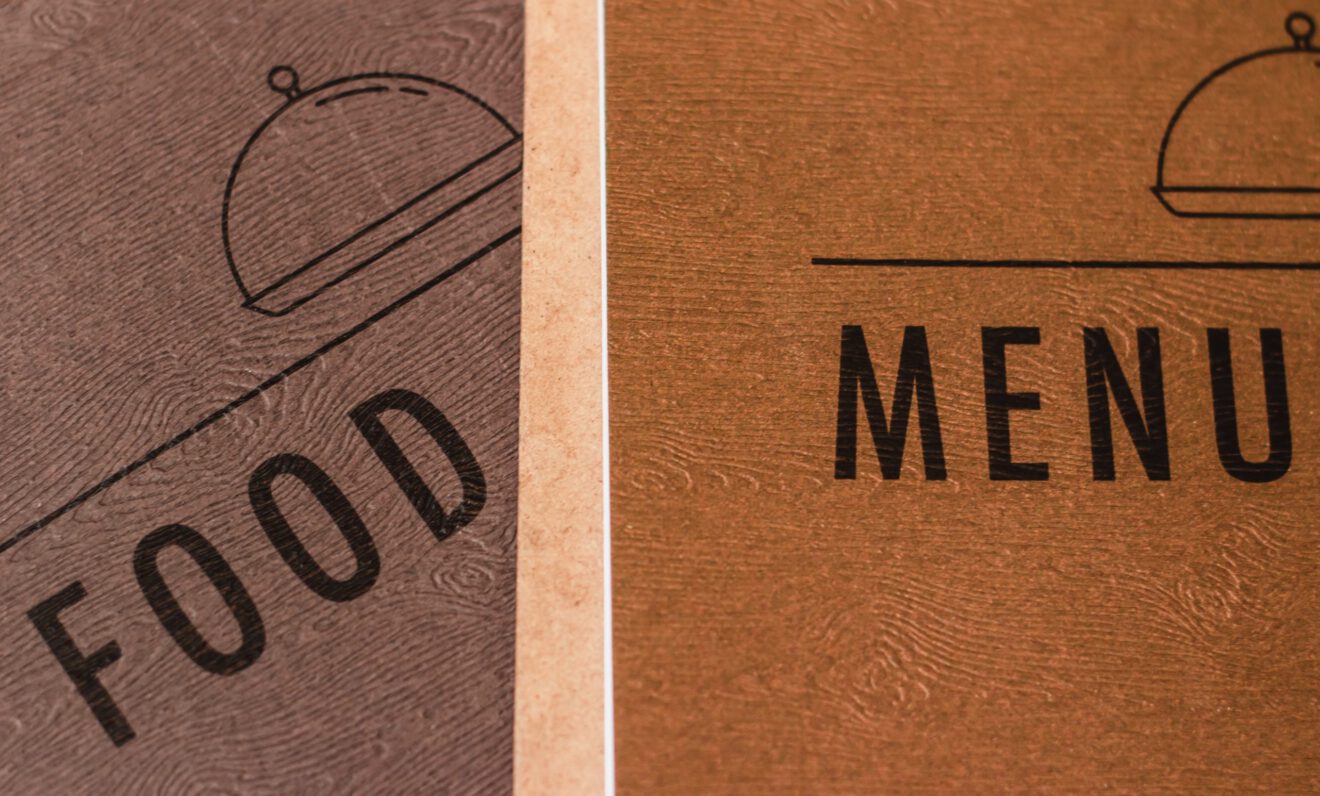The restaurant industry navigated one major hurdle in the last few years and got three more after that.
As COVID restrictions eased, the triple threat of labor shortages, inflation and supply chain challenges have taken over to slow its recovery. Despite these new challenges, though, and rapidly changing consumer dynamics, a Datassential analysis of restaurant menu trends reveals that the industry is on its way to normalcy.
Overall, the average size of menus is the same as last year, according to Datassential’s “State of the Menu” report. But menu expansion wasn’t even across the industry. Limited-service fast casual and quick-service segments – those segments with smaller labor forces and streamlined operations – were the only ones to expand menus. And growth was not even across menus, either. Entrées were the top-growing menu part, while most others declined.
So far this year, slightly more than half of foods, beverages and ingredients grew on restaurant menus, and slightly less than half declined. That’s showing that normal patterns are starting to emerge on menus: Last year, when the full impact of COVID restrictions and consumer pullbacks were seen, more than four in five foods, beverages and ingredients declined on menus.
When it comes to share of the menu, side dishes, bread, flavors/sauces/spices and cheese took up more space on menus this year. These categories, while seemingly disparate, can provide variability for entrees that consumers might customize, whether dining in or ordering for delivery.
When it comes to specific menu items, though, there’s no better example of the contrasting menu patterns than omelets and nachos. During the pandemic, omelets declined significantly on menus as breakfast business suffered, and nachos fell off and operators slimmed their menus. But today, nachos — a versatile dish that can be served as a side, appetizer or entrée — is keeping its footing on menus while omelets continue to drop as breakfast business wanes.
So as operators trim menus, it’s important to analyze each item for its own future potential — not just trimming to reduce kitchen complexity or adding because it fills a perceived gap. Learning what consumers will want in the future and what they will continue to crave is an essential science that will constantly need to be adjusted with changing times.
And it’s clear that while restaurants have made strides to introduce new items and limited-time offers at nearly the same pace they did pre-COVID, consumers still crave more. Uniqueness scores — a measure of how common or rare a menu item is compared with similar items from other operators — have started to decline in recent months as consumer expectations for interesting and unrivaled items aren’t necessarily being met, as operators are forced to focus attention on issues like ingredient shortages and inflation.
But the operators who are pushing through and experimenting with new items despite a host of challenges are highlighting how global influences, versatility and safe experimentation can bring big rewards.
Read more from SmartBrief:
- How chefs can reclaim the past, craft the future of Black foodways
- Consumer trends in food shopping today
- 2022 Innovation Awards for Foodservice winners announced
Samantha Des Jardins is a copywriter at Datassential.
________________________________________________
If you liked this article, sign up for SmartBrief’s free email newsletter from the National Restaurant Association. It’s among SmartBrief’s more than 250 industry-focused newsletters.
